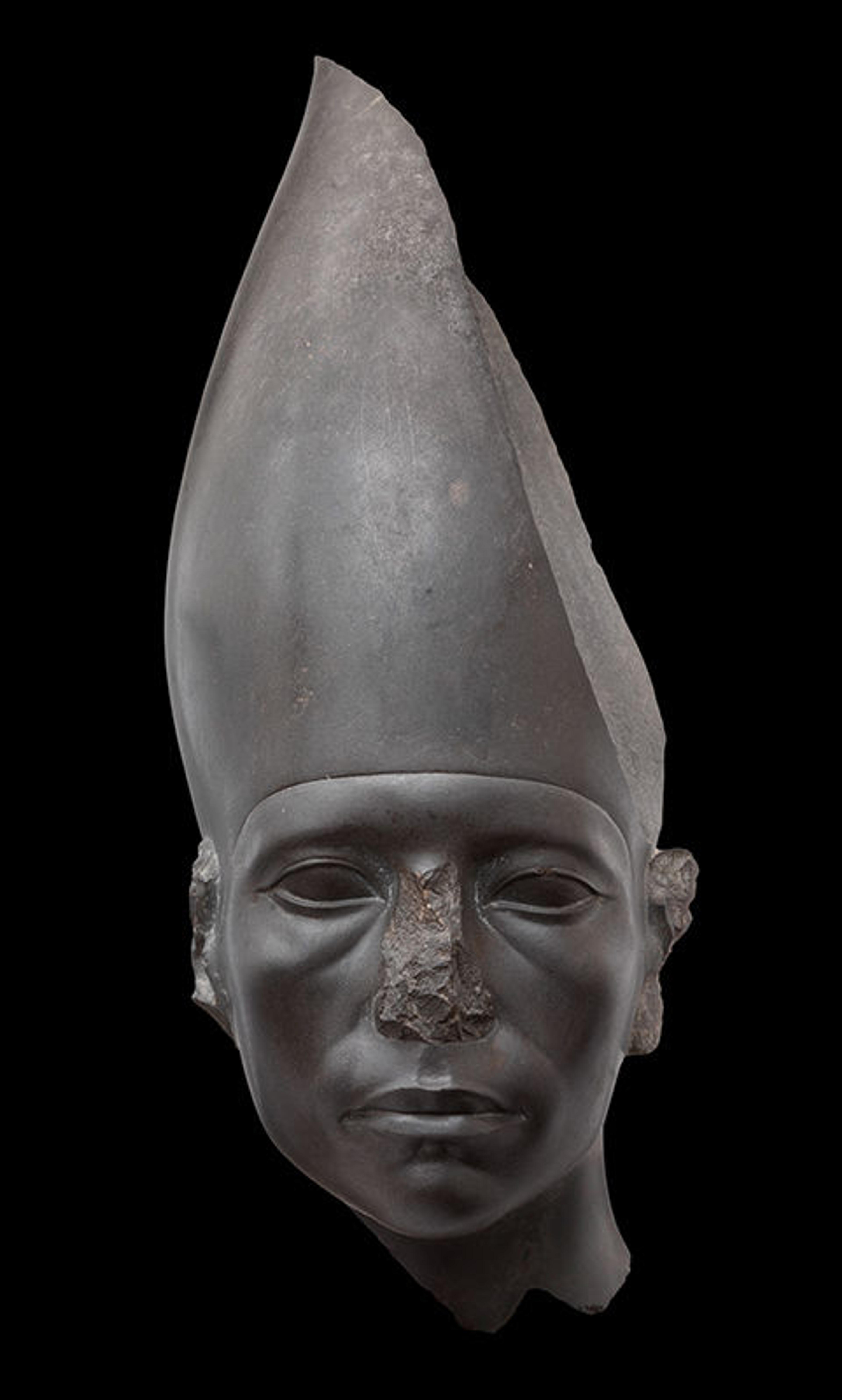
Ancient Egypt Transformed: The Middle Kingdom
The Middle Kingdom (ca. 2030–1650 B.C.) was a transformational period in ancient Egypt, during which older artistic conventions, cultural principles, religious beliefs, and political systems were revived and reimagined. Ancient Egypt Transformed presents a comprehensive picture of the art of the Middle Kingdom, arguably the least known of Egypt’s three kingdoms and yet one that saw the creation of powerful, compelling works rendered with great subtlety and sensitivity.
The book brings together nearly 300 diverse works— including sculpture, relief decoration, stelae, jewelry, coffins, funerary objects, and personal possessions from the world’s leading collections of Egyptian art. Essays on architecture, statuary, tomb and temple relief decoration, and stele explore how Middle Kingdom artists adapted forms and iconography of the Old Kingdom, using existing conventions to create strikingly original works. Twelve lavishly illustrated chapters, each with a scholarly essay and entries on related objects, begin with discussions of the distinctive art that arose in the south during the early Middle Kingdom, the artistic developments that followed the return to Egypt’s traditional capital in the north, and the renewed construction of pyramid complexes. Thematic chapters devoted to the pharaoh, royal women, the court, and the vital role of family explore art created for different strata of Egyptian society, while others provide insight into Egypt’s expanding relations with foreign lands and the themes of Middle Kingdom literature. The era’s religious beliefs and practices, such as the pilgrimage to Abydos, are revealed through magnificent objects created for tombs, chapels, and temples. Finally, the book discusses Middle Kingdom archaeological sites, including excavations undertaken by the Metropolitan Museum over a number of decades.
Written by an international team of respected Egyptologists and Middle Kingdom specialists, the text provides recent scholarship and fresh insights, making the book an authoritative resource.
Met Art in Publication
Citation
Oppenheim, Adela, Dorothea Arnold, Dieter Arnold, Kei Yamamoto, and Metropolitan Museum of Art (New York, N.Y.), eds. 2015. Ancient Egypt Transformed: The Middle Kingdom. New York: The Metropolitan Museum of Art.
